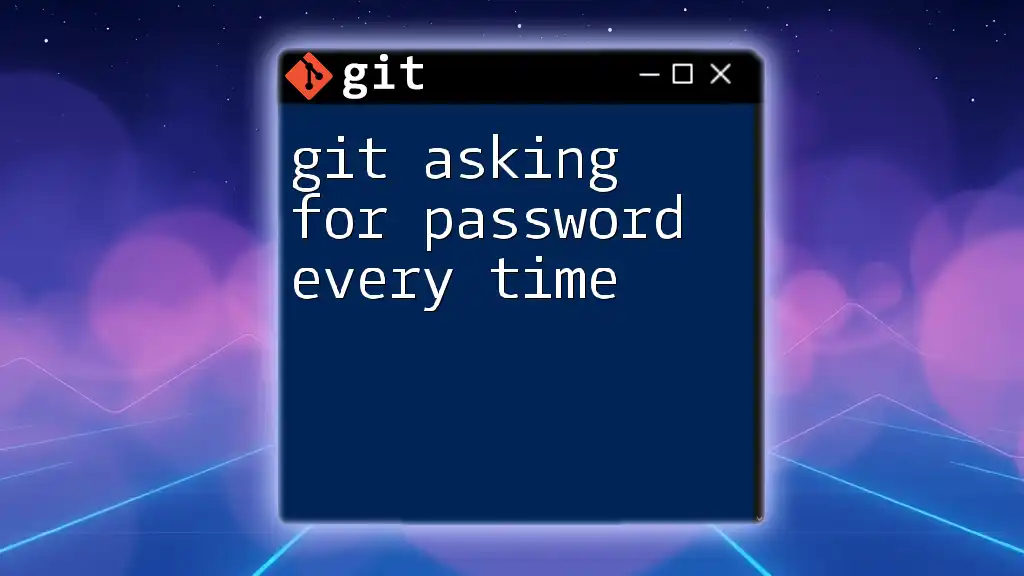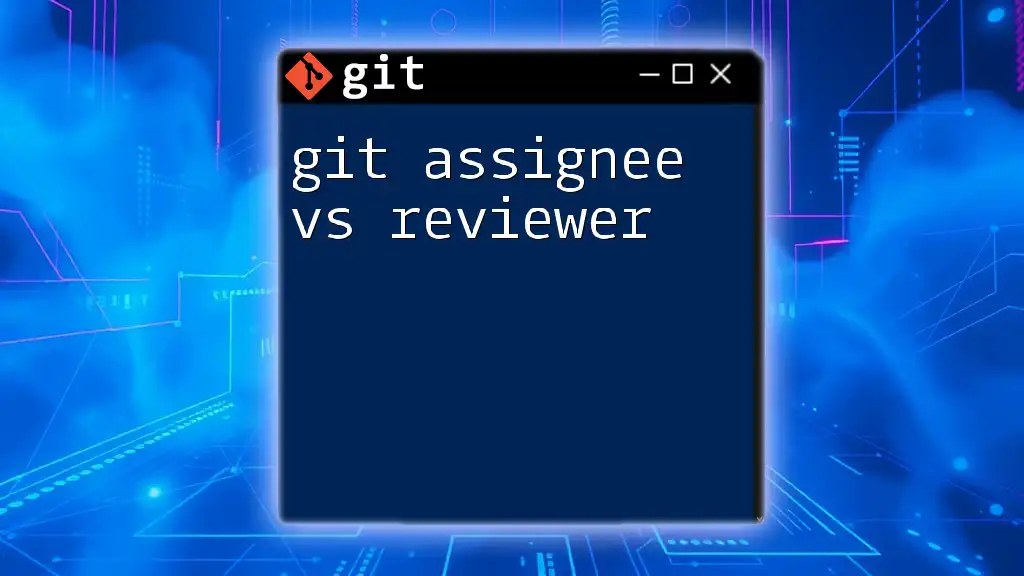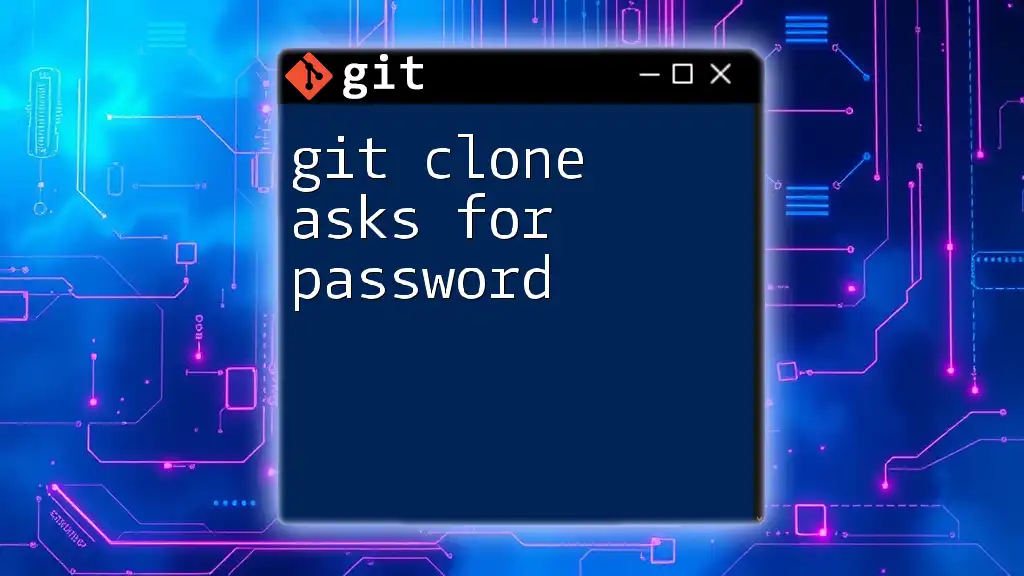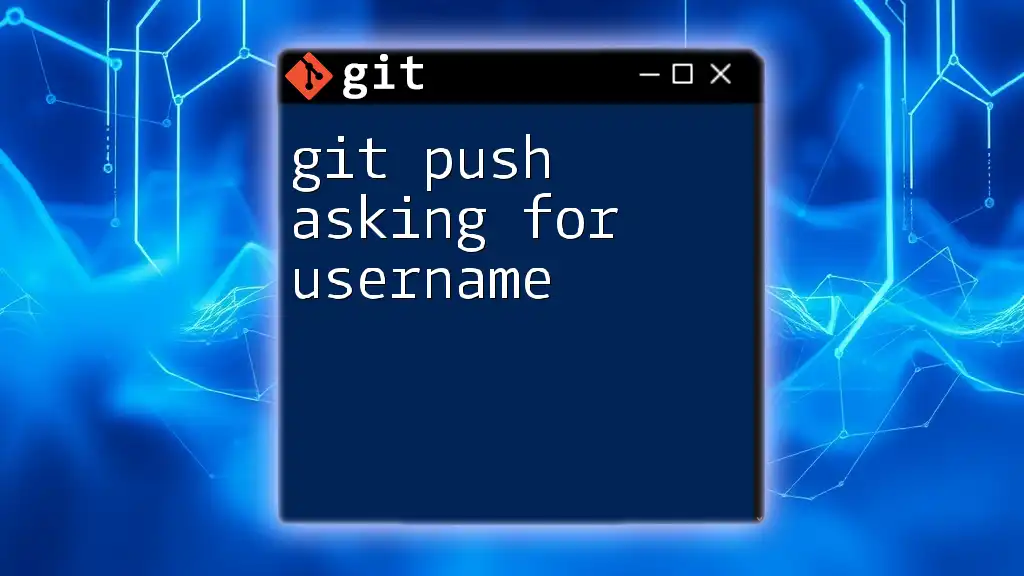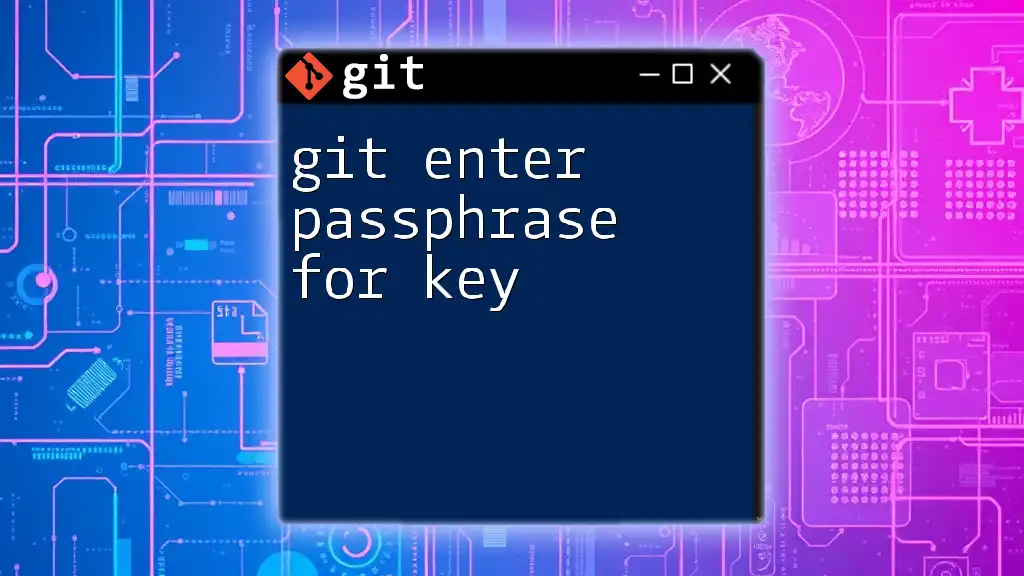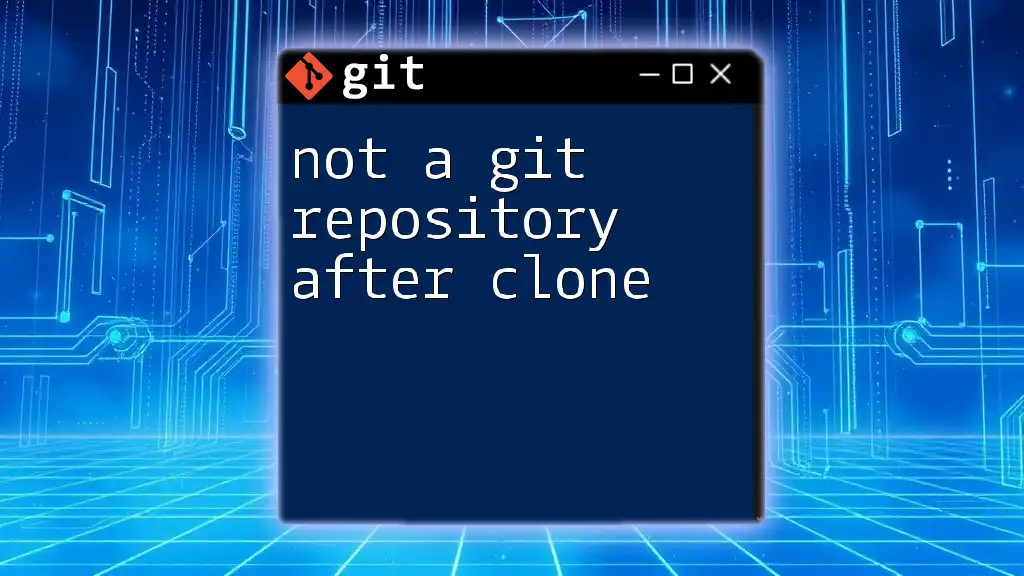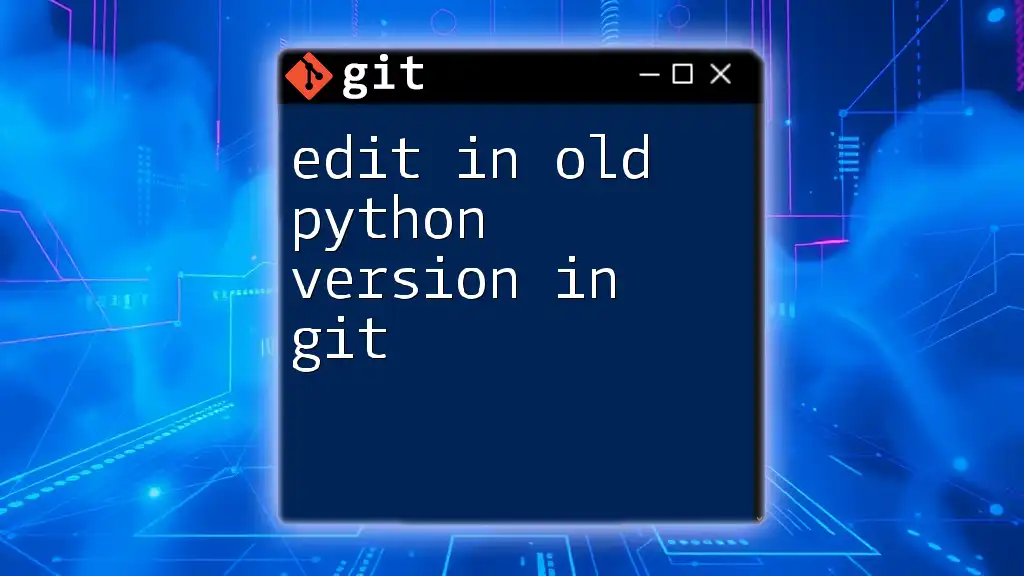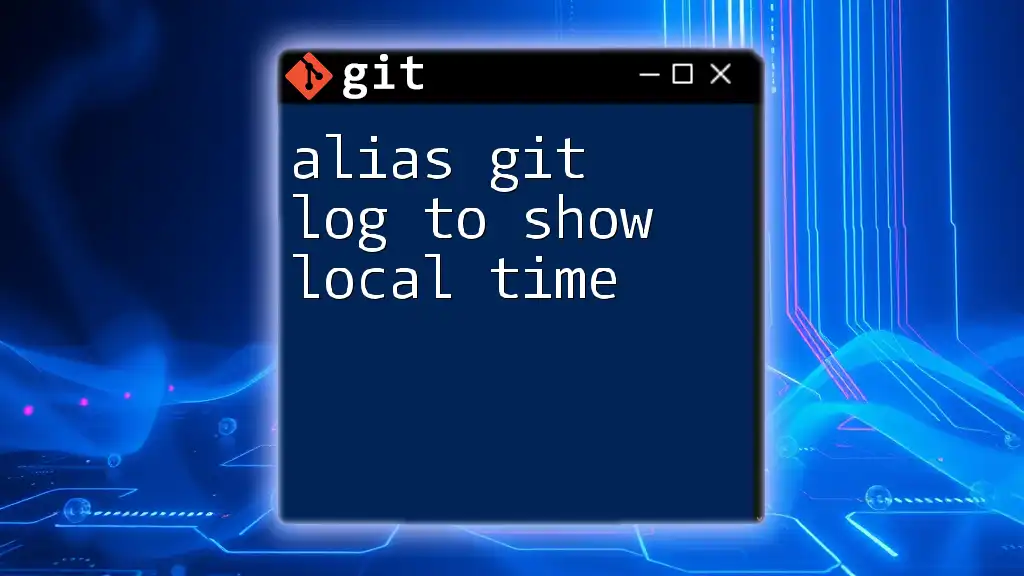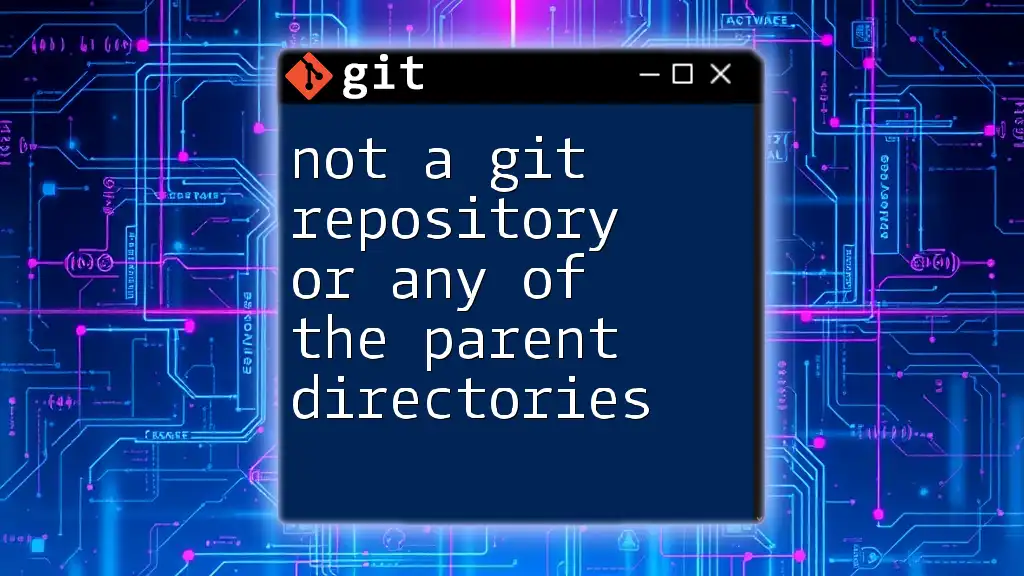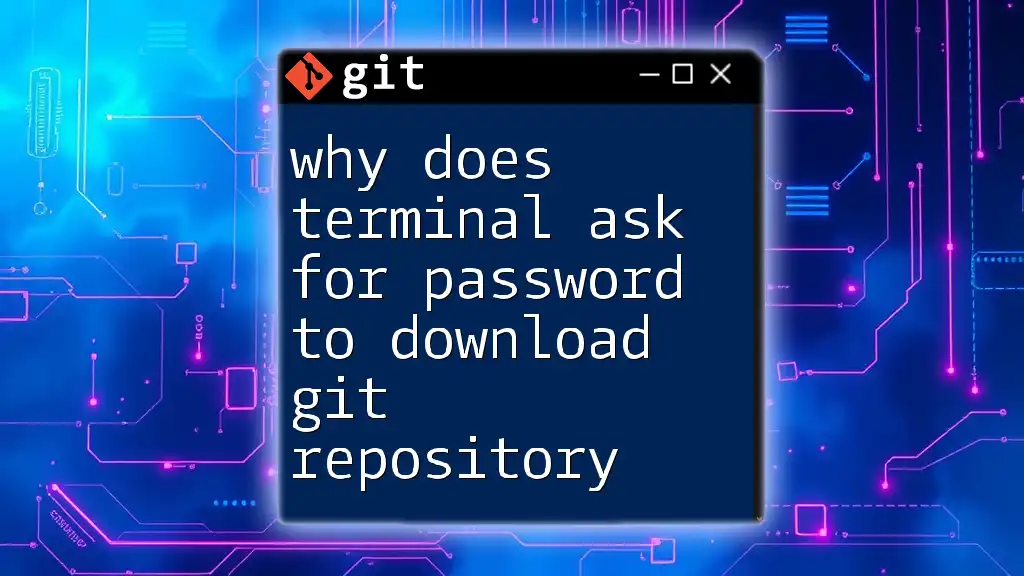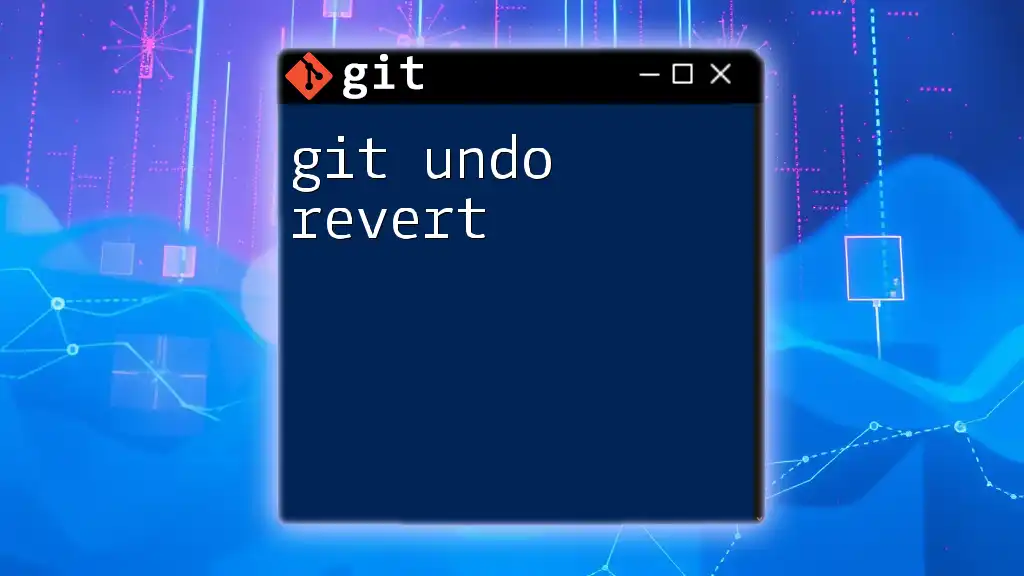When Git prompts for a password every time you interact with a remote repository, it may be due to not caching your credentials or using HTTPS instead of SSH; you can solve this by configuring credential caching.
git config --global credential.helper cache
Understanding the Issue
What Does It Mean When Git Asks for Password?
When Git prompts you for a password, it is seeking verification for accessing resources on a remote repository. This happens during various operations, such as cloning, pushing, or pulling changes from a repository that requires authentication. It's essential to understand that this is a security feature designed to protect your code and ensure that only authorized users can access or modify the repository contents.
Common Scenarios Where This Occurs
- Cloning a Private Repository: If you attempt to clone a repository that is not publicly accessible, Git will demand authentication.
- Pushing Changes to a Remote Branch: Unauthorized access while trying to push commits will trigger a password prompt.
- Pulling Updates from a Protected Repository: Even simple updates may require validation, leading to repeated requests for passwords.
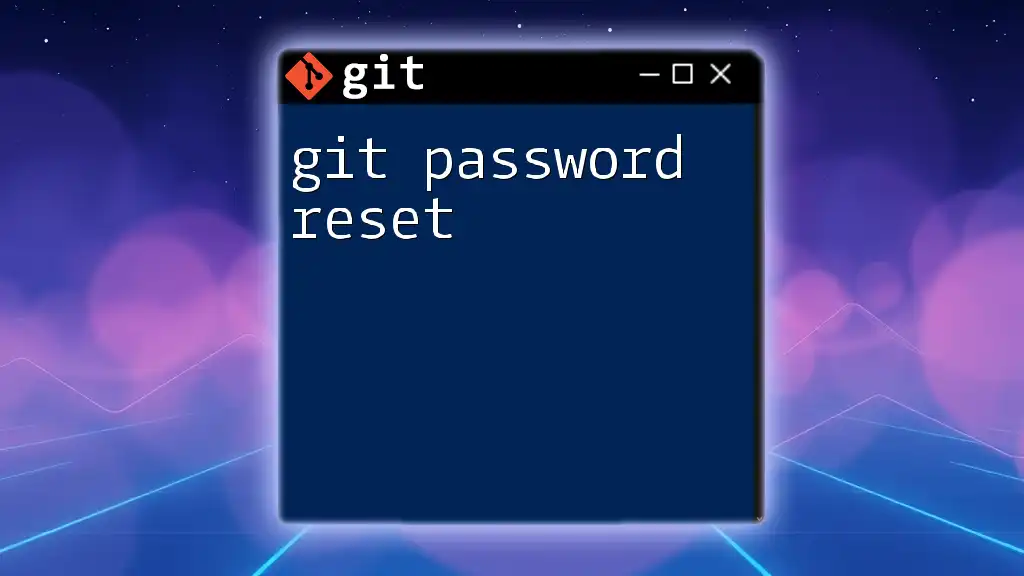
Why Is Git Asking for My Password?
Git's Default Behavior
By default, Git uses your system's credential storage to remember authentication details for the remote repositories. When these credentials aren't provided or are missing, Git resorts to prompting you for the password each time you attempt an authenticated action.
Scenarios Leading to Repeated Password Prompts
Several conditions can lead to this annoyance when using Git:
- Using HTTPS vs. SSH: When connecting via HTTPS, Git may continuously ask for credentials if they are not stored. Conversely, if SSH is properly set up, this issue can be avoided.
- Expired or Incorrect Credentials: If the credentials you've previously saved have expired or are incorrect, Git will repeatedly ask for your password.
- Changes in Remote Repository Settings: Any modifications to the authentication requirements of your remote repository might also lead to this problem.
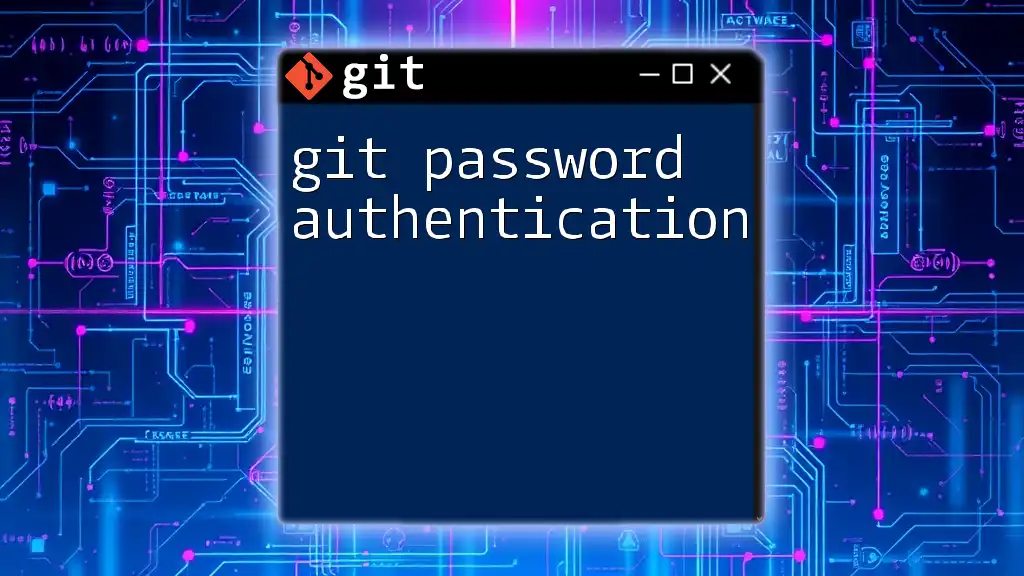
Solutions to Prevent Password Prompts
Switching to SSH Authentication
What is SSH and Why Use It?
SSH (Secure Shell) is a protocol that allows for secure communications between your computer and a remote server. Implementing SSH for Git operations is beneficial because it simplifies authentication after initial setup, eliminating situations where you are repeatedly prompted for a password.
How to Set Up SSH for Git
Establishing SSH for your Git operations involves a few straightforward steps:
-
Generating SSH Keys: Start by generating an SSH key pair. Execute the following command in your terminal:
ssh-keygen -t rsa -b 4096 -C "your_email@example.com"This creates a private/public key pair for you to use.
-
Adding Your SSH Key to Your SSH Agent: Next, ensure that your SSH agent is running and add your SSH key to it:
eval "$(ssh-agent -s)" ssh-add ~/.ssh/id_rsa -
Adding SSH Key to Your GitHub/GitLab Account: Finally, copy your public key (found in `~/.ssh/id_rsa.pub`) and add it to your Git service provider's settings. This action grants you secure SSH access to your repositories without requiring a password.
Using Git Credential Helper
What is Git Credential Helper?
Git Credential Helper is a feature that facilitates the storage of your credentials in memory or filesystem, thereby reducing the frequency of password prompts.
Setting It Up
To utilize the credential helper effectively, you can configure Git by running the following command:
git config --global credential.helper cache
This command caches your credentials in memory for a limited time, which is often customizable, thus minimizing the need for repetitive password entries.
Storing Your Credentials Securely
Permanent Credential Storage
If you prefer not to enter your password at all after the initial authentication, you can opt for permanent storage. This approach can be executed with:
git config --global credential.helper store
However, bear in mind that securely storing credentials can pose security risks. It is crucial to implement best practices to maintain privacy and security over your sensitive information.
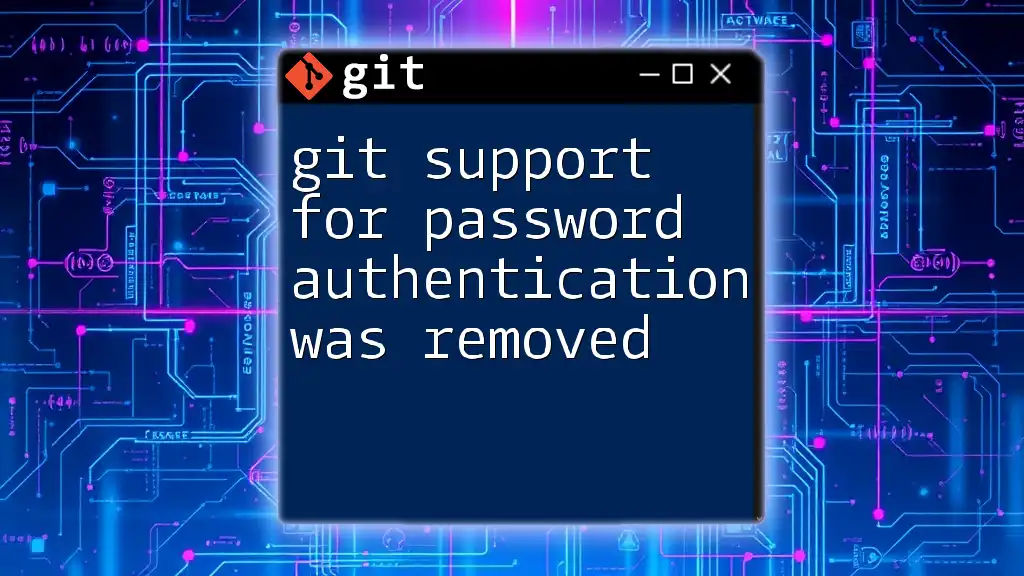
Troubleshooting Password Prompts
Checking Your Remote URL
Sometimes the issue may arise from an incorrect remote URL configuration. To verify your current configuration, run:
git remote -v
This command displays the URLs associated with your remote repositories, helping you identify any discrepancies.
Verifying Your Credential Helper Settings
To check which credential helper is configured, use this command:
git config --global --get credential.helper
This helps ensure that your chosen storage method is active and correctly implemented.
Resetting Your Git Credentials
If you've been experiencing issues, it may be time to clear stored credentials. Use the command:
git credential-cache exit
This command resets your Git credentials and subsequently allows you to reenter them, clearing up any potential conflicts.
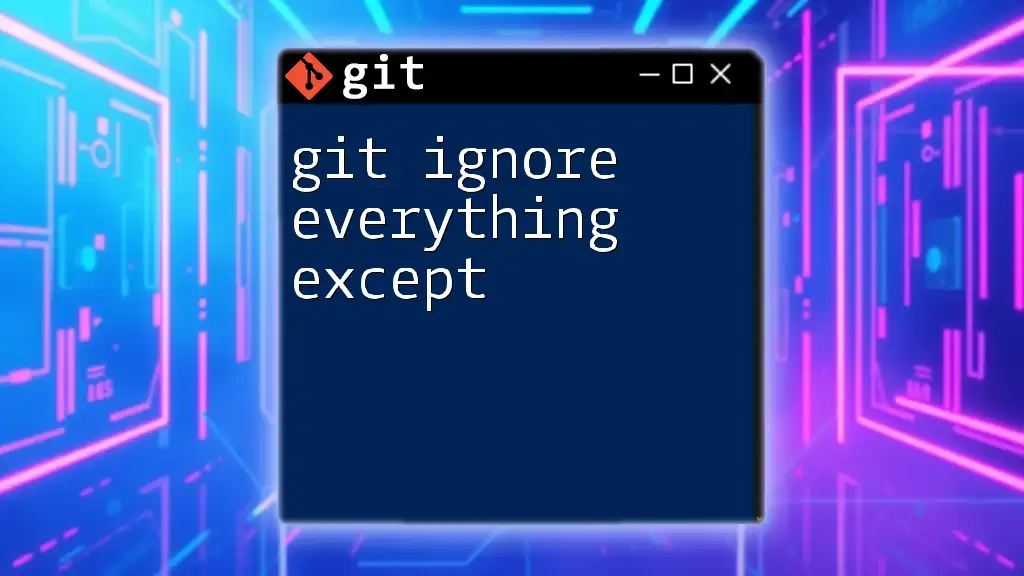
Conclusion
When Git is asking for a password every time, it can be a frustrating experience. By switching to SSH authentication, utilizing Git's credential helper, and securely storing your credentials, you can significantly reduce or eliminate these password prompts. Take these steps to streamline your Git operations and enhance your efficiency.
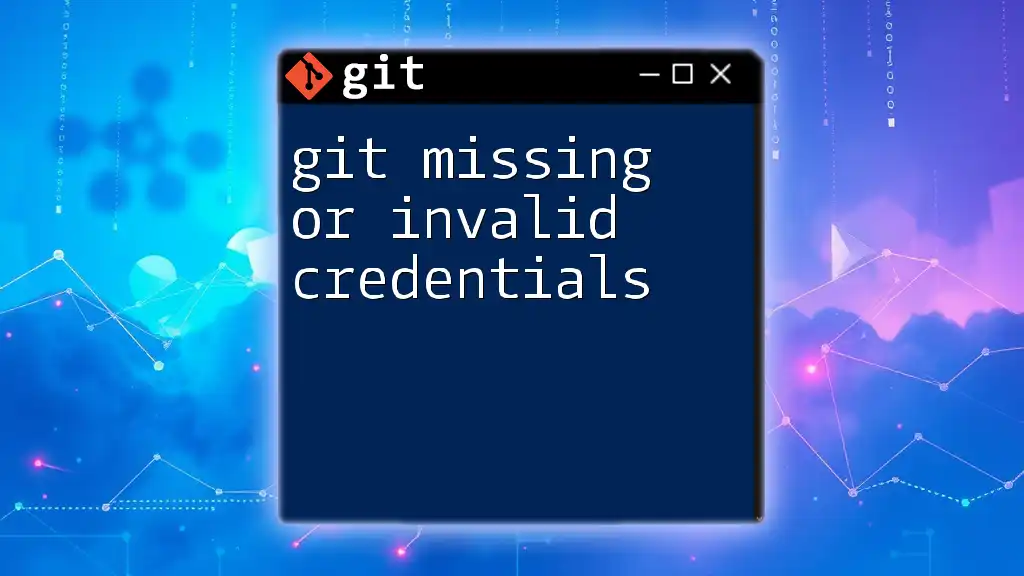
Additional Resources
For further learning, explore Git's official documentation, tutorials on SSH key management, and engage with community forums. Expanding your knowledge and troubleshooting skills in Git will enhance your overall coding experience.

